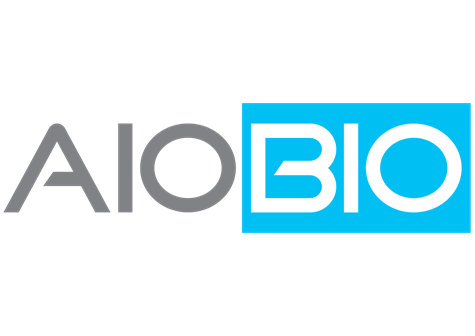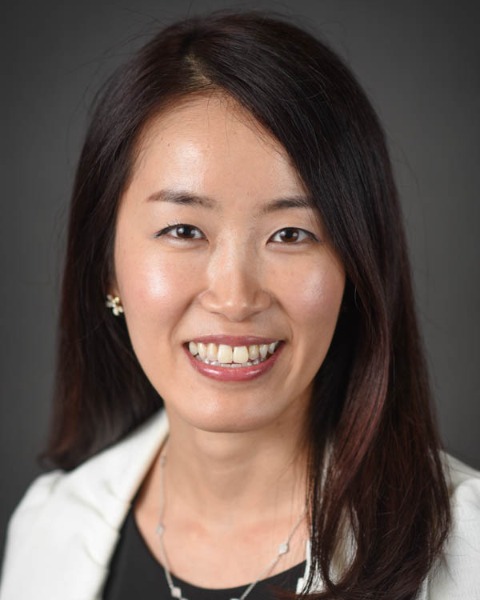The Roles of the Dental Hygienist
Clinicians
Students
ED08: Data Dentistry: Care Before Cure
Friday, July 26, 2024
3:45 PM - 4:45 PM CST
Location: 293-296: NOCC
Earn: 1.0
Sponsored By: AIOBIO


Han-Na Jang, RDH MSDH
DENTILINGUAL
APO, Armed Forces - AP
Speaker(s)
In daily practice, dental hygienists deal with patients who do not wish to undergo radiography and strive to motivate patients to improve their oral hygiene. No matter how much we educate patients, there is a limit to changing an individual’s behavior. The quantitative light-induced fluorescence (QLF) technology is widely used in Korean dentistry to detect oral biofilm, dental caries, and cracked teeth without radiation. Visual images were better than words in communicating with patients while explaining oral hygiene instructions and treatment plans. This presentation will review the theory of QLF technology and how this system has been applied in dentistry, while discussing the potential for U.S. dental hygienists to use the system in their dental hygiene practice to build patient data and maintain patient cases.
Learning Objectives:
At the completion of this session attendees will be able to:
- Describe the theory of the quantitative light-induced fluorescence (QLF) technology.
- Identify the degree of the red fluorescence emitted from natural tooth, oral biofilm and demineralized lesions by using the QLF technology.
- Discuss strategies how the OLF technology can be applied in preliminary exams and patient education.

.png)